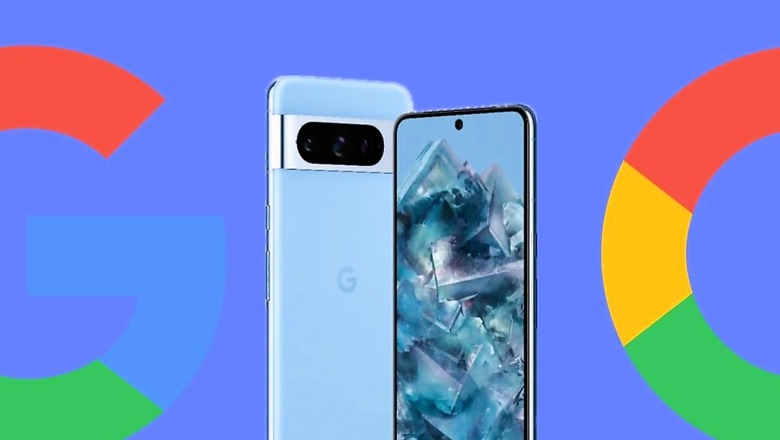
views
With the Pixel 8 series now official, Google has revealed a number of camera-centric upgrades that the Pixel 8 Pro, in particular, will receive at launch and in the future.
While the camera hardware has changed with the introduction of a new 48-megapixel ultrawide sensor and a 50-megapixel main camera, the changes coming to the Pixel devices are primarily in the realm of software, specifically generative AI-powered software features.
Here, let’s explore the new camera features coming with the Pixel 8 Pro.
Pro Controls
Until now, Pixel phones lacked a dedicated manual mode where you could adjust settings such as ISO, white balance, shutter speed, and focus. However, with the Pixel 8 Pro, users will gain the ability to customize these settings, giving them greater control over the photos they capture. Now, they won’t have to rely on the smartphone to select the settings for them. Google also notes that Pixel 8 Pro photos will still benefit from HDR+ even when shooting in manual mode.
Video Boost and Video NightSight
Google will be extending its HDR+ image processing pipeline to videos as well. Thanks to Tensor G3 and Google’s data centers, users can now get HDR+ video capabilities. Similarly, just as NightSight enhances photos taken in low-light conditions, Google will apply similar enhancements to videos shot in low-light environments. This provides users with greater flexibility in their shooting conditions.
Dual Exposure
This feature will be available for both the Pixel 8 and the Pixel 8 Pro. It is designed to deliver sharper videos with reduced noise in challenging lighting scenarios. Google achieves this by simultaneously capturing two images—one optimized for low-light conditions and the other for high dynamic range.
Audio Magic Eraser
Have you ever recorded a video with annoying background sounds such as crying babies or car horns? With the Audio Magic Eraser, Pixel 8 series phones enable users to remove unwanted sounds from their videos using the Google Photos app.
Best Take
The Best Take feature allows users to capture a series of similar photos taken closely together—enabling the automatic creation of a blended image with everyone’s best expressions. This is especially useful when photographing groups of people, as the chances of someone blinking or not having the ideal expression are quite high. Users can also manually select other expressions from other pictures taken of the same group of people. This feature is powered by Google’s machine learning and AI algorithms.


















Comments
0 comment